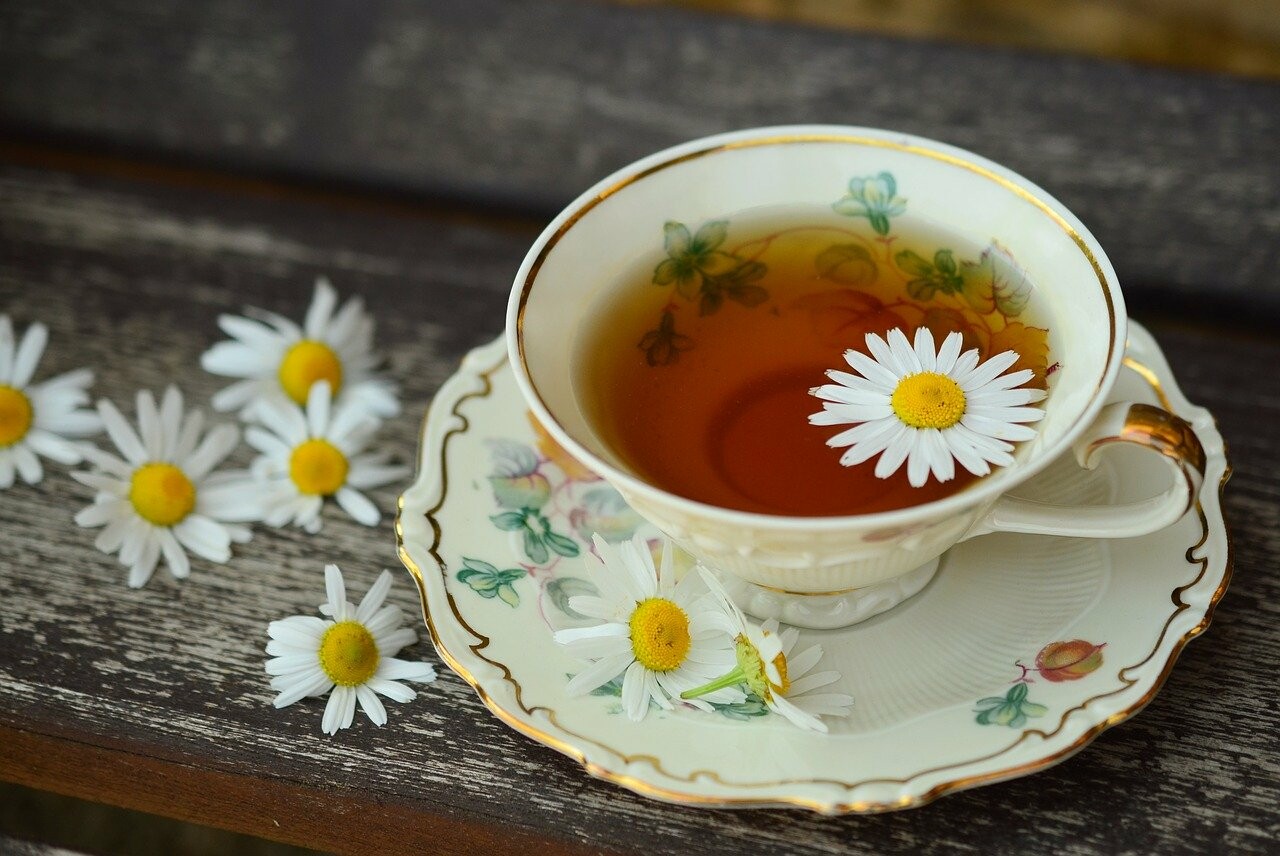
The Greek translation of the word chamomile is kamai-melon or “earth apple”. In Spanish, it’s Manzanilla or “little apple”. The reference to the apple is the result of the apple-like scent of the flowers.
The chamomile plant is part of the aster family and is native to Europe, Asia, temperate North America, and Australia. It even grows wild in cultivated fields in some areas. The plant itself has been called, “the plant doctor”. When planted in and around herb gardens it is known to help increase the production of oils, which results in a stronger scent and flavor. A chamomile tea spray is also used to prevent “damping off” of plants in the garden.
There are 5 Types
There are 5 types of chamomile plant, German, Roman, Hungarian, English, and Stinking. German chamomile, which is native to Western Asia, is known to be the strongest in essential oils. German chamomile is also used in the production of an herb beer. Stinking chamomile, while still containing medicinal properties, is known to blister the hand that harvests it and obviously smells unpleasant. The most common types used are German and Roman.
The chamomile flowers are used for tea, bath soak, and facial cleanser and hair brightener. The leaves and stems are used for the production of beer in Germany and are also used in lotions and tinctures for earache and toothache.
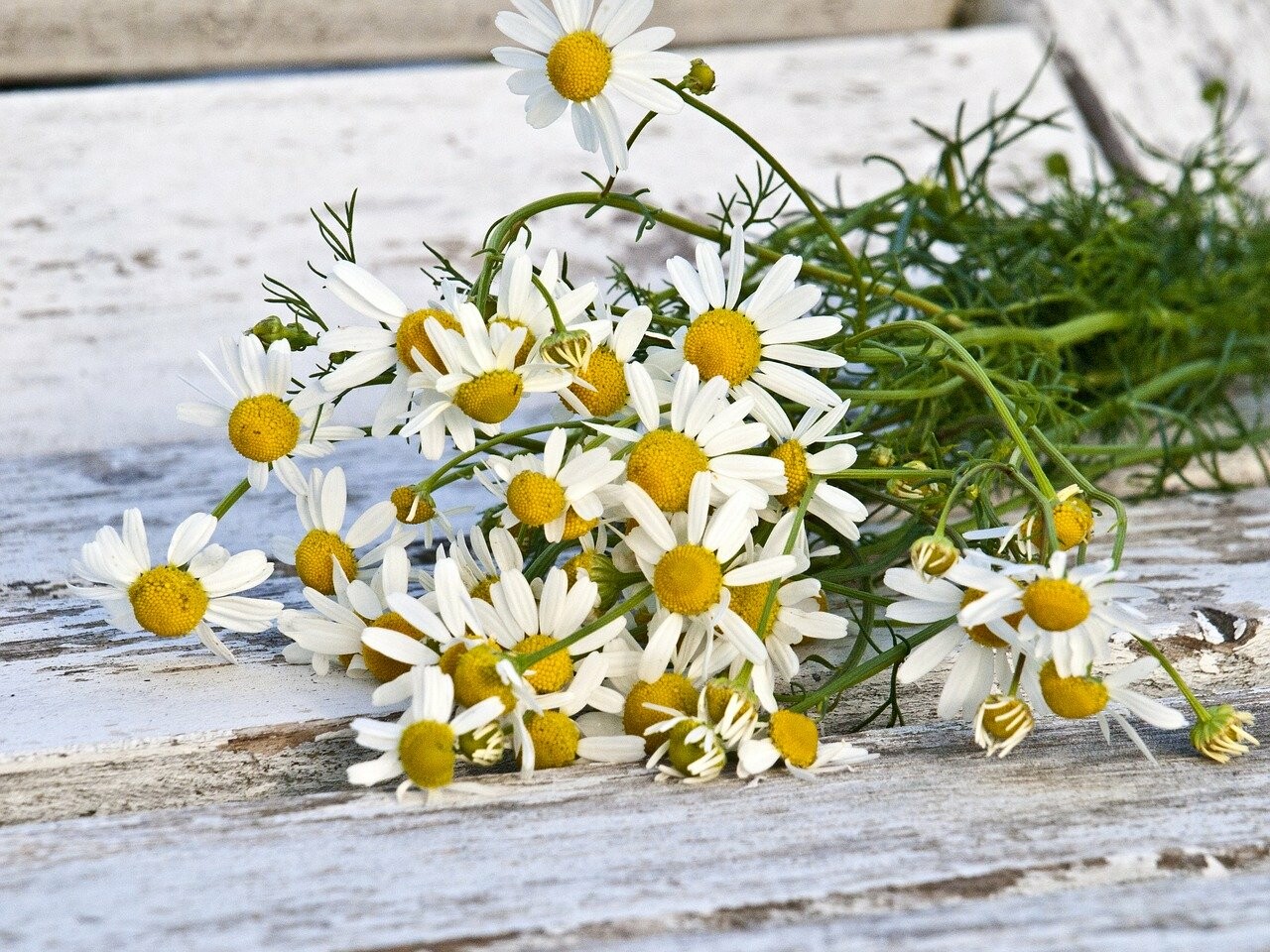 The first documented mention of chamomile was 1550 B.C. Egypt. It was used to honor the gods, embalm the dead, and cure the sick. Chamomile was considered an extremely valuable medicine with properties to cure a wide variety of ailments including severe chills and fever.
The first documented mention of chamomile was 1550 B.C. Egypt. It was used to honor the gods, embalm the dead, and cure the sick. Chamomile was considered an extremely valuable medicine with properties to cure a wide variety of ailments including severe chills and fever.
It is generally known that chamomile tea calms the nerves and aids in sleep. But the benefits of chamomile go well beyond the soul-soothing effect. Among the many medicinal properties are, anti-estrogenic, anti-inflammatory, antispasmodic, anti-microbial.
It has been used to speed wound healing in animals, treat delirium tremens, decrease nightmares, reduce excess mucus in the sinus, soothe anxious children and teething babies, ease bowel disorders in children, lighten hair, ease spasms of I.B.S., reduce the discomfort of cramps and P.M.S., reduce bad breath as a result of mucositis, reduce inflammation and colic pain and protect against ulcer formation in the digestive tract. Chamomile tea is a good source of beta carotene, which is a natural antioxidant.
There is recent research in Japan and the United Kingdom that chamomile is found to aid in the treatment of Diabetes. It was found to significantly decrease blood glucose levels and showed significant inhibition of both ALR2 enzymes and sorbitol, whose elevated levels are associated with increased diabetic complications in diabetic lab rats.®
There are those who may need to avoid chamomile
Pregnant women and nursing mothers should not use chamomile tea as it may cause uterine contractions. Persons should also avoid it with allergies to ragweed, aster, feverfew, tamsy, purple coneflower, and celery. Those with asthma should use extreme caution. It should not be used if taking blood-thinning medicines or by those who have poor blood clotting. It may also alter blood pressure and those on blood pressure medicines should take caution. It may also interact with antibiotics, antifungal, antihistamines, diuretics, high cholesterol prescriptions, and stomach disorder prescriptions. As with all remedies for any ailment, one should consult their health care provider to ensure the safety of their use of chamomile.
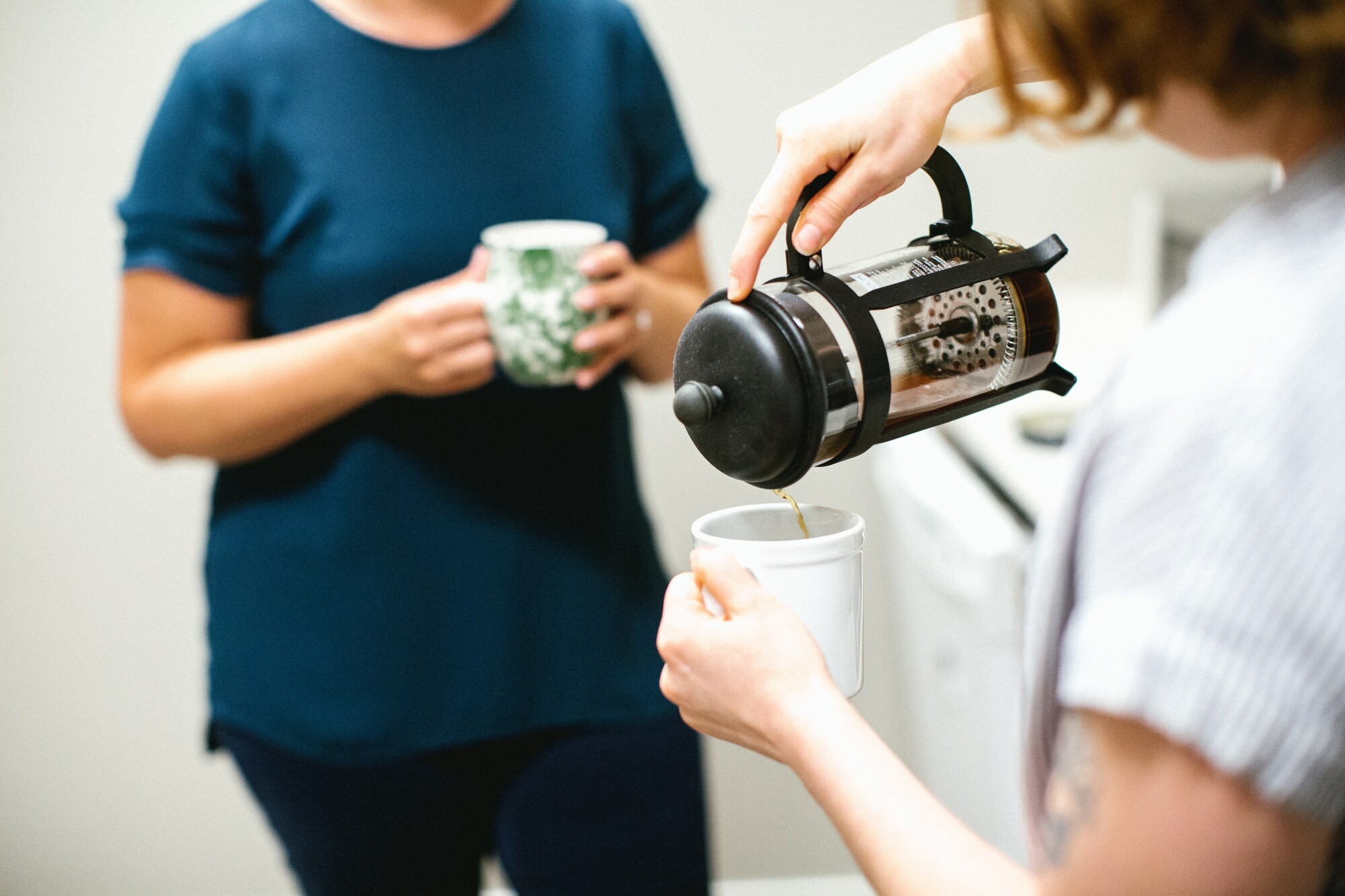 Recipes:
Recipes:Tea-1 cup boiling water poured over 2 tsp. Dried flowers. Cover cup to prevent the essential oil from evaporation and steep for at least 10 minutes.
Salad topping- fresh flowers can be sprinkled on top of green salad.
Condiment- foliage can be chopped and stirred into butter or sour cream and used to top a baked potato.
Bath Soak- ½ to 1 cup in a linen bag, put in a tub of Hot water, let soak for 10 min., add cold water to reach a comfortable temp. Don’t use soap, it will coat the skin and prevent the chamomile penetrating.
To lighten hair and freshen complexion- prepare a rinse by simmering 2 tsp. in 8 oz. of water for 15 min.
Chamomile Cleansing Milk- 1 cup warm milk in a bowl (keep milk warm by placing the bowl over a saucepan filled with hot water – do not boil!), add 3 tablespoons of fresh chamomile flowers, stir gently, don’t break flowers, infuse until it smells strong (apple-like scent), strain into a glass jar. Excellent for oily skin. Must be kept in the refrigerator. Is only good for 2 – 4 days
Give colicky babies 1 to 2 teaspoons of chamomile tea to ease discomfort.
“…. Peter was not very well during the evening. His Mother put him to bed, and made some chamomile tea and she gave a dose of it to Peter.”
From The Tale of Peter Rabbit by Beatrix Potter



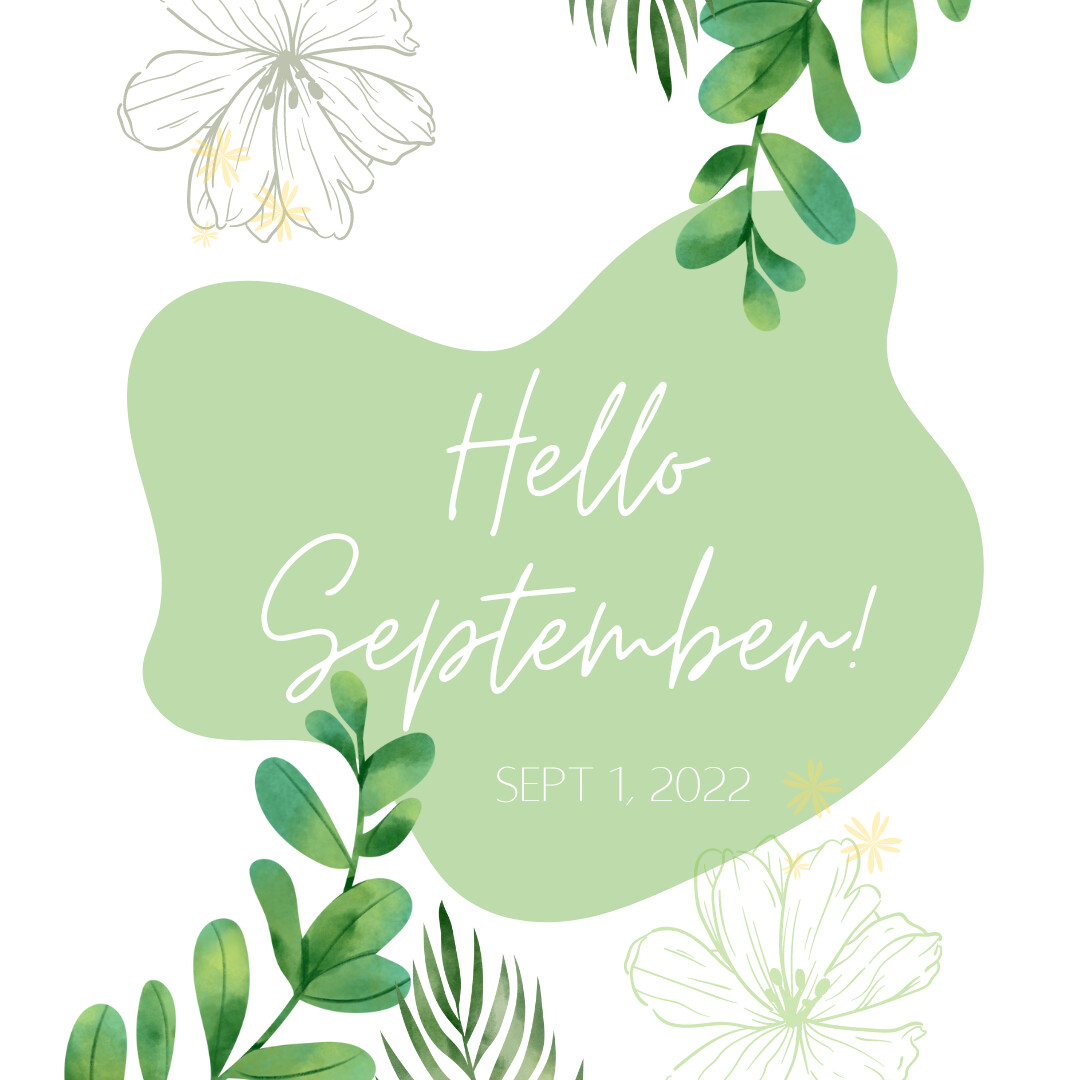



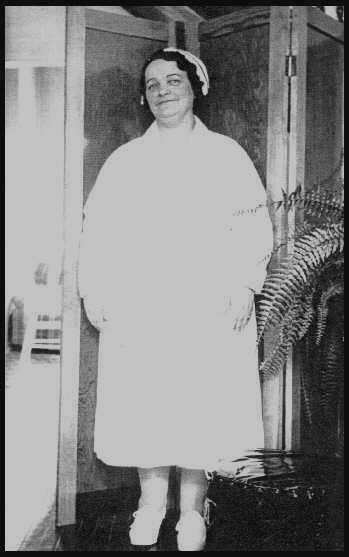

0 Comments